Back to Courses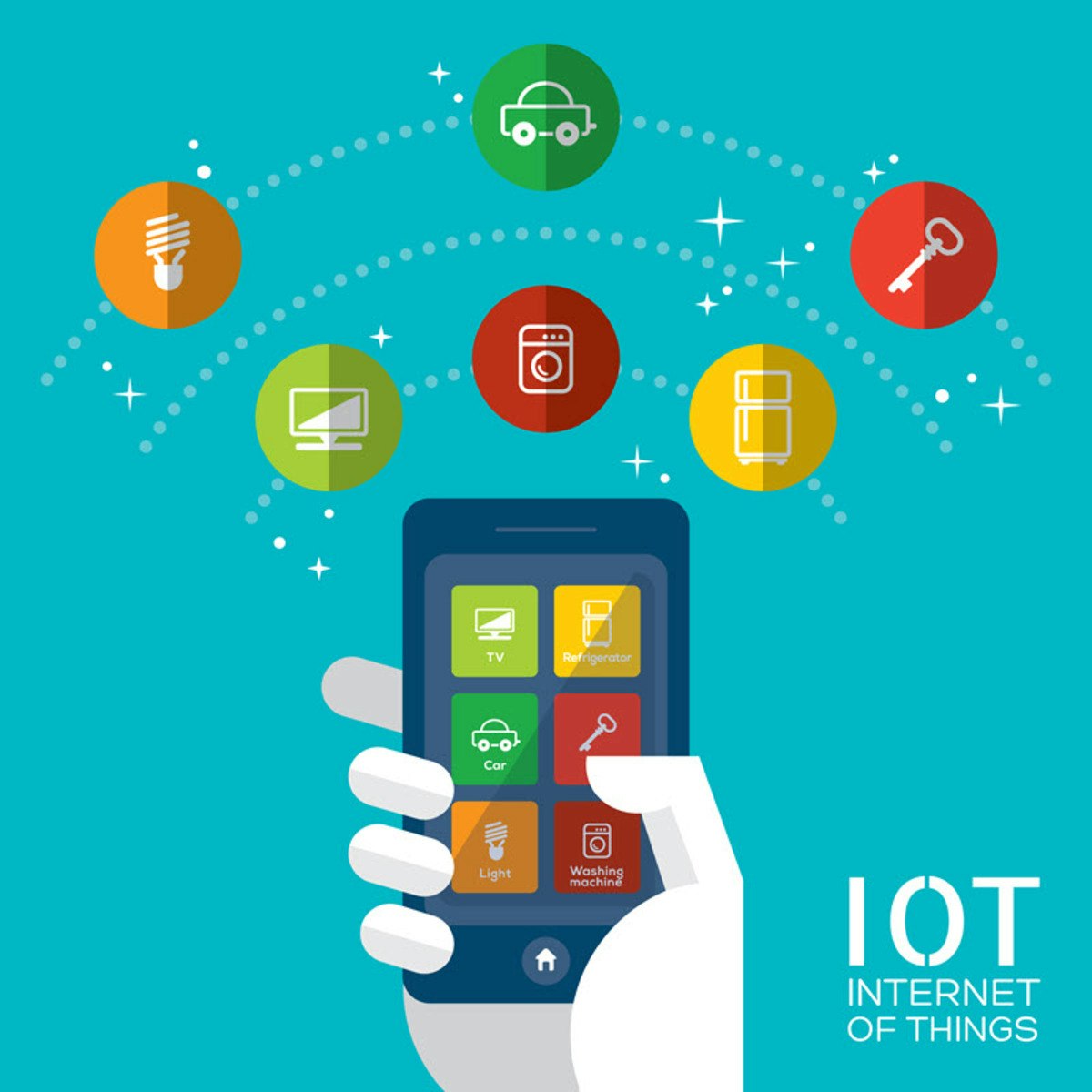
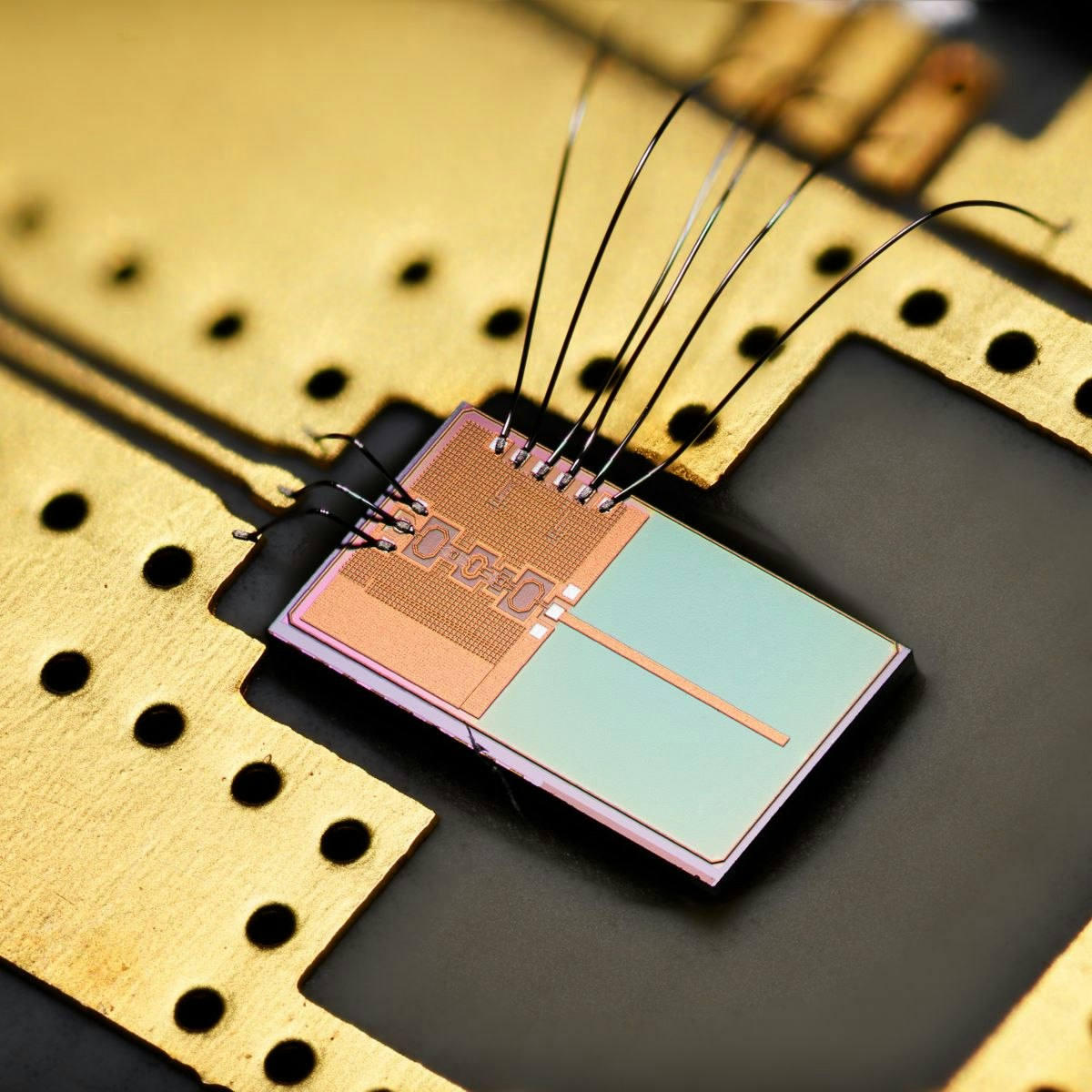
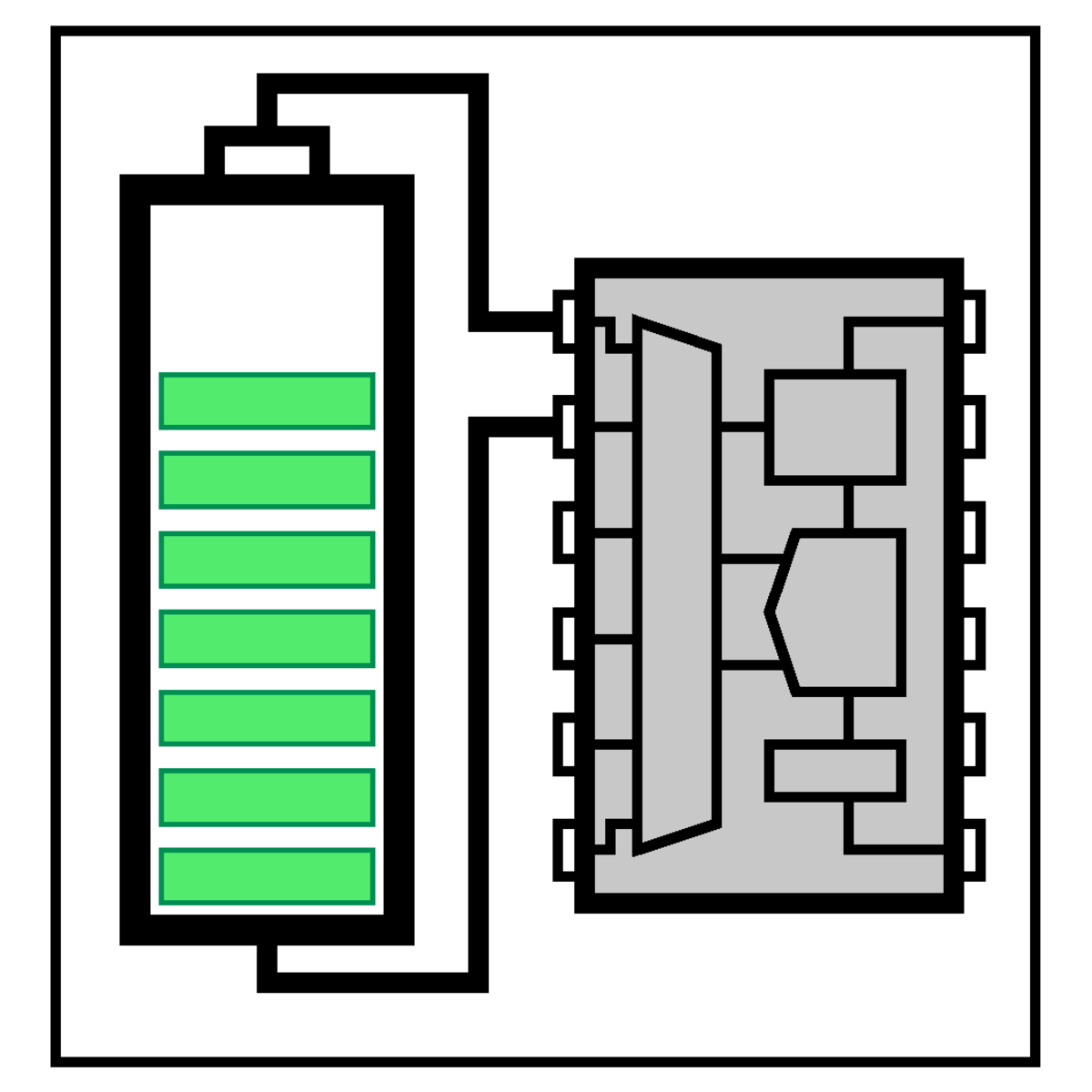
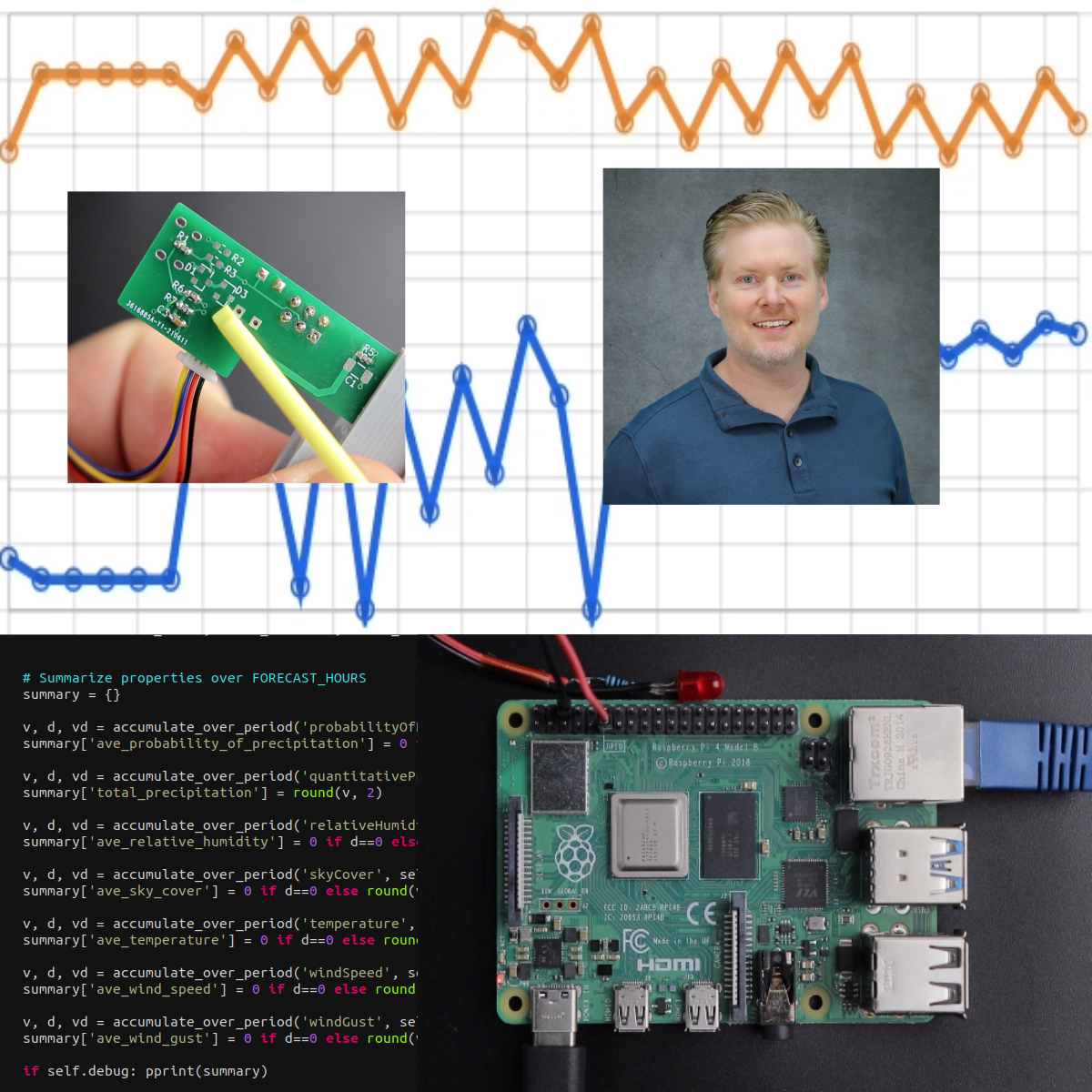
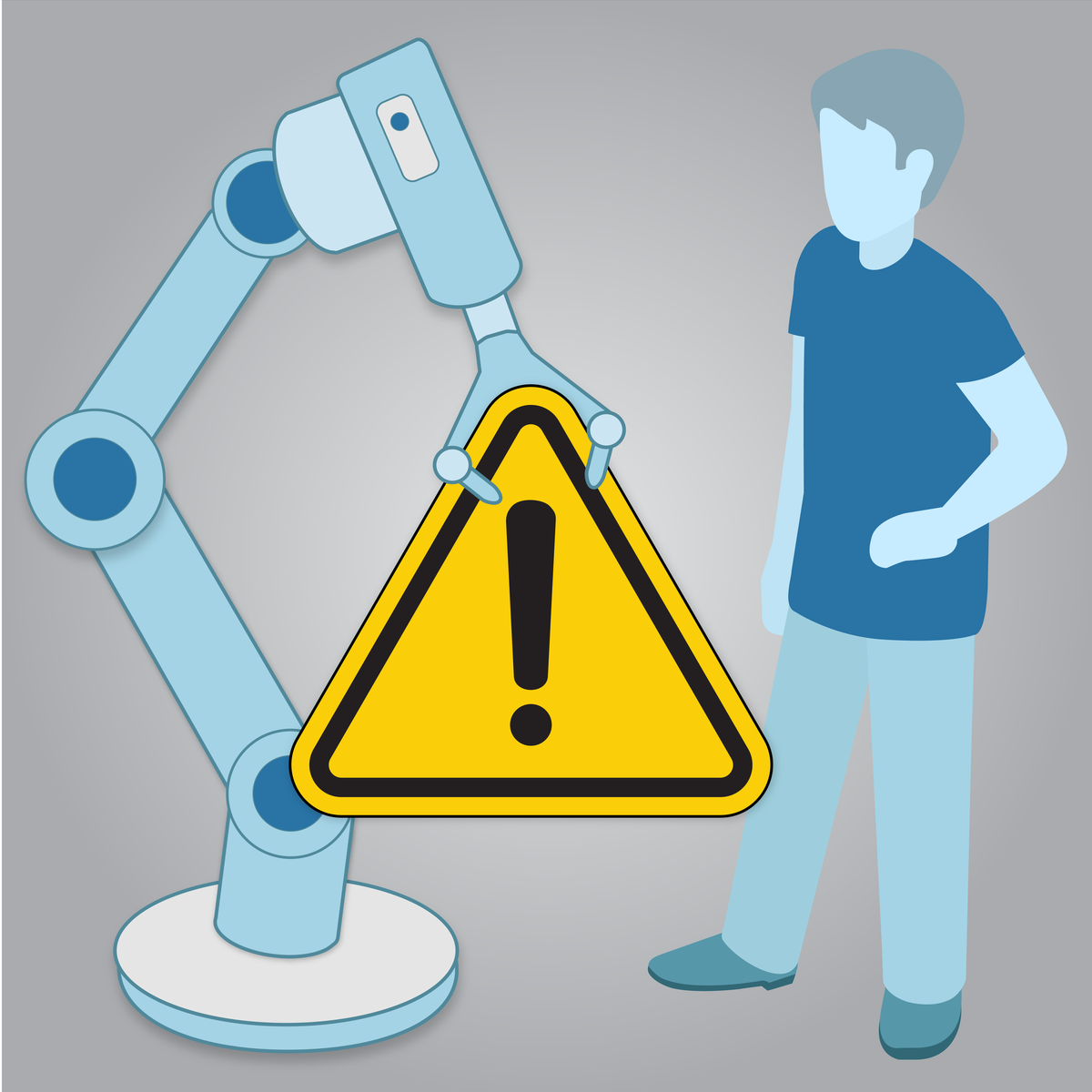
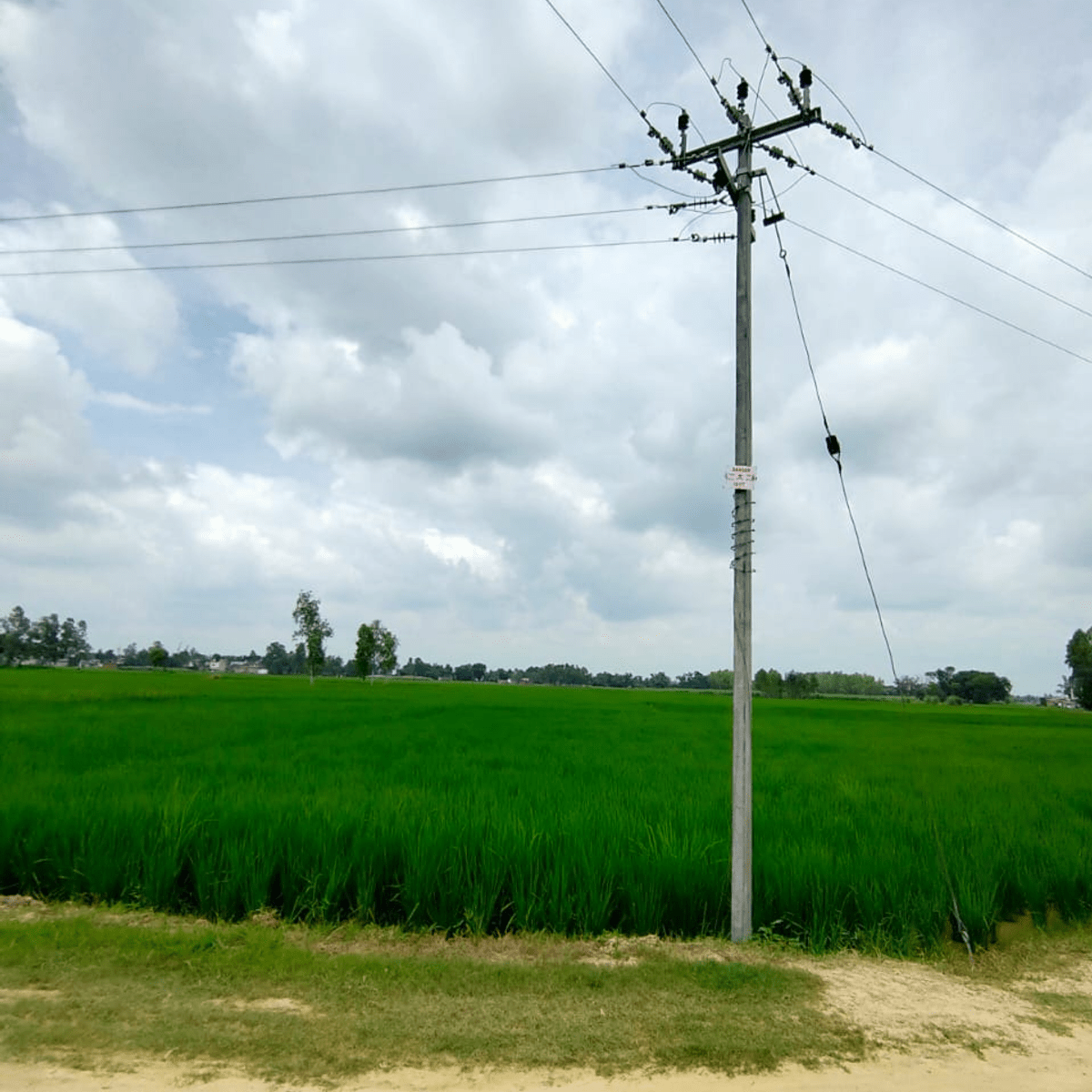




Electrical Engineering Courses - Page 13
Showing results 121-130 of 141

Programming for the Internet of Things Project
In this Capstone course, you will design a microcontroller-based embedded system. As an option, you can also build and test a system. The focus of your project will be to design the system so that it can be built on a low-cost budget for a real-world application. To complete this project you'll need to use all the skills you've learned in the course (programming microcontrollers, system design, interfacing, etc.). The project will include some core requirements, but leave room for your creativity in how you approach the project. In the end, you will produce a unique final project, suitable for showcasing to future potential employers.
Note that for the three required assignments you do NOT need to purchase software and hardware to complete this course. There is an optional fourth assignment for students who wish to build and demonstrate their system using an Arduino or Raspberry Pi. Please also note that this course does not include discussion forums.
Upon completing this course, you will be able to:
1. Write a requirements specification document
2. Create a system-level design
3. Explore design options
4. Create a test plan

RF and millimeter-Wave Circuit Design
This unique Master-level course offered by the Center for Wireless Technology Eindhoven (CWT/e) of the Eindhoven University of Technology, The Netherlands, provides students with in-depth knowledge and hands-on experience on RF and mmWave circuit design.
The course covers the topics on how to derive the RF wireless systems specifications, and how to design the main building blocks of a transceiver, i.e., low noise amplifier, power amplifier, RF mixers, oscillators, and PLL frequency synthesizers. It is divided into two parts: (1) theoretical lectures will cover the basis of RF and mmWave Circuit Design; and (2) design labs will include simulation and implementation of these circuits.
The design labs are completely optional for obtaining the certificate, but they are recommended because they allow students to put into practice all the acquired theoretical knowledge, and of course, implementing the circuits is where all the fun is! The students will be able to do 70% of the design labs using simulation tools, which already offers a great learning experience. The other 30% will require students to either get access to an electronics lab or to purchase a few off-the-shelf components. But ultimately, this would allow students to design and build their own transceiver at home!
The course contains theoretical video classes with examples, quizzes, and an entire set of simulation files, step-by-step procedures, recorded data of real-life circuits, and solution videos so that students can learn from and build even better circuits.

Introduction to battery-management systems
This course can also be taken for academic credit as ECEA 5730, part of CU Boulder’s Master of Science in Electrical Engineering degree.
This course will provide you with a firm foundation in lithium-ion cell terminology and function and in battery-management-system requirements as needed by the remainder of the specialization. After completing this course, you will be able to:
- List the major functions provided by a battery-management system and state their purpose
- Match battery terminology to a list of definitions
- Identify the major components of a lithium-ion cell and their purpose
- Understand how a battery-management system “measures” current, temperature, and isolation, and how it controls contactors
- Identify electronic components that can provide protection and specify a minimum set of protections needed
- Compute stored energy in a battery pack
- List the manufacturing steps of different types of lithium-ion cells and possible failure modes

Beginning Custom Projects with Raspberry Pi
In this course you will use a Raspberry Pi 4 to build a complete network-connected project with sensors and motors and access it from your smartphone. We'll explore all the parts which make this work, so you can use this experience as a foundation for your own projects. We'll use the Raspberry Pi as an "embedded system" (as opposed to a desktop computer) so you're ready to build a Raspberry Pi into your projects as the brains that make it all work. Want to build your own Internet of Things (IoT) device? Home automation? Robotics? This is the class to learn how it all works, to get you building on your own. No experience in embedded systems, programming, or electronics is assumed, and optional bonus sections are provided for those who want a fast start in Python programming, Linux essentials, and basic electronics. The course is divided into four modules to explore each focus area with demontrations and extras along the way: 1) installing and configuring a Raspberry Pi, 2) accessing the Raspberry Pi over the network, 3) programmatically controlling external sensors and motors, and 4) accessing the embedded device through a web interface. After these four modules you'll get started building your own projects right away, and the three follow-on courses in this Coursera specialization dive into each area to really boost your skills and the complexity of your projects. I hope you enjoy all the courses and I hope you take your builds to the next level.

Collaborative Robot Safety: Design & Deployment
As robots evolve and increasingly interact with humans, enhancing the safety of personnel working with these “collaborative robots” (cobots) is vital. This course equips you to assess the safety of a collaborative robot workcell and prevent the chances of injury or harm. It imparts industry-endorsed safety standards, technical report recommendations and best practices from the International Organization for Standardization (ISO), Robotic Industries Association (RIA) and Occupational Safety and Health Administration (OSHA). Learners are introduced to similarities and differences between traditional robots, cobots and conventional machinery before delving into risk assessments, causes of robot accidents and collaborative applications. Material also includes key design techniques for reducing collision forces and a methodology for safety testing.
Main concepts are delivered through videos, demos and hands-on exercises. To learn more, please watch the overview video by copying and pasting the following link into your web browser: https://www.youtube.com/watch?v=j-NU710WjM0.

Electrical Power Distribution
This is an application-oriented course explaining the various aspects of power distribution, indoor and outdoor equipment up to 33kV. The course adopts a cross-disciplinary approach to ensure that the learners understand site execution, testing and commissioning. Throughout the course, safety aspects have been emphasized in every area of work. This course blends with conceptual knowledge covering the latest technological trends like SCADA & automation.
This course helps learners know the Electrical distribution system and master as a Construction Engineer/Planning Engineer and Commissioning Engineer .
This course gives the learners insights about:
1. Electrical distribution methods
2. Types of loads
3. Green Field Construction of Overhead Lines
4. Distribution Line Components
5. Concepts of Auto reclosers and Sectionalizes
6. SCADA in detail

Design of High-Performance Optical Systems
This course can also be taken for academic credit as ECEA 5602, part of CU Boulder’s Master of Science in Electrical Engineering degree.
Optical instruments are how we see the world, from corrective eyewear to medical endoscopes to cell phone cameras to orbiting telescopes. This course extends what you have learned about first-order, paraxial system design and optical resolution and efficiency with the introduction to real lenses and their imperfections. We begin with a description of how different wavelengths propagate through systems, then move on to aberrations that appear with high angle, non-paraxial systems and how to correct for those problems. The course wraps up with a discussion of optical components beyond lenses and an excellent example of a high-performance optical system – the human eye. The mathematical tools required for analysis of high-performance systems are complicated enough that this course will rely more heavily on OpticStudio by Zemax. This will allow students to analyze systems that are too complicated for the simple analysis thus far introduced in this set of courses.

Remote Sensing Image Acquisition, Analysis and Applications
Welcome to Remote Sensing Image Acquisition, Analysis and Applications, in which we explore the nature of imaging the earth's surface from space or from airborne vehicles.
This course covers the fundamental nature of remote sensing and the platforms and sensor types used. It also provides an in-depth treatment of the computational algorithms employed in image understanding, ranging from the earliest historically important techniques to more recent approaches based on deep learning.
It assumes no prior knowledge of remote sensing but develops the material to a depth comparable to a senior undergraduate course in remote sensing and image analysis. That requires the use of the mathematics of vector and matrix algebra, and statistics. It is recognised that not all participants will have that background so summaries and hand worked examples are included to illustrate all important material.
The course material is extensively illustrated by examples and commentary on the how the technology is applied in practice. It will prepare participants to use the material in their own disciplines and to undertake more detailed study in remote sensing and related topics.

Natural Gas
This course will educate you in the characteristics and properties of natural gas, preparing you with the ability to summarize gas system components and new pipeline technologies. You will be enabled to grasp the key factors behind formation of the natural gas industry and the historical use of natural gas. Ultimately, you will be able to identify gas and carbon monoxide safety procedures.
This course is for individuals considering a career in the energy field (who have a high school diploma, at minimum, and basic knowledge of mathematics), and existing energy sector employees with less than three years of experience who have not completed similar training and would benefit from a course of foundational industry concepts.
Main concepts of this course will be delivered through lectures, readings, discussions and various videos.
This is the second course in the Energy Production, Distribution & Safety specialization that explores various facets of the power sector, and features a culminating project involving creation of a roadmap to achieve a self-established, energy-related professional goal. To learn more about the specialization, check out a video overview at https://www.youtube.com/watch?v=2Yh9qIYiUDk.

Introduction to solar cells
How do solar cells work, why do we need, and how can we measure their efficiency? These are just some of the questions Introduction to solar cells tackles. Whether you are looking for general insight in this green technology or your ambition is to pursue a career in solar, “Introduction to Solar Cells” is an excellent starting point.
The course is a tour through the fundamental disciplines including solar cell history, why we need solar energy, how solar cells produce power, and how they work. During the course we cover mono- and multi-crystalline solar cells, thin film solar cells, and new emerging technologies. The course includes hands-on exercises using virtual instruments, interviews with field experts, and a comprehensive collection of material on solar cells.
At the end of the course you will have gained a fundamental understanding of the field. This will allow you to identify the most interesting or relevant aspects to be pursued in your future studies or in your professional career.
Popular Internships and Jobs by Categories
Find Jobs & Internships
Browse
© 2024 BoostGrad | All rights reserved